How the multiplication of festivals and black artists as headliners has leveraged the Afro-referenced aesthetic and, together with the current ancestral rescue movements, is building bodies and communities of belonging and celebration.
In 1969, in the United States, while Americans turned their eyes to Bethel, a village in upstate New York, where the first Woodstock took place, in Harlem, a neighbourhood in the centre of the capital, the Cultural Festival took place, which brought together black music heavyweights like Stevie Wonder, Nina Simone, Gladys Knight and the Pips and Sly and Family Stone to an audience of 50,000, mostly black.
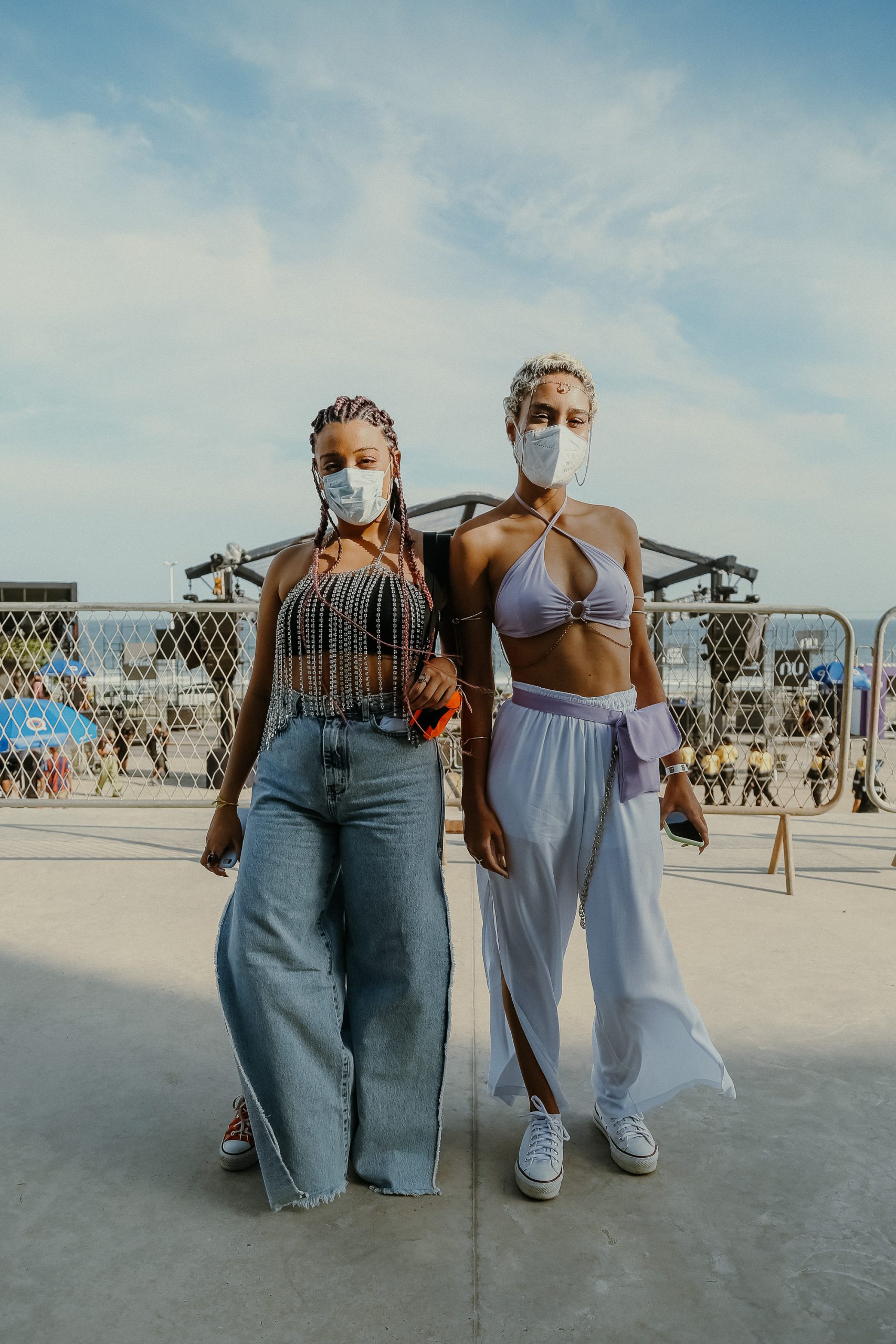
Photograph by Caio Lírio

Photograph by Caio Lírio
This festival, completely free to the community and funded by the city and a coffee company, was actually a breath of hope for the black community in New York because in that decade there was an extermination of its main leaders: President John F. Kennedy in 1963, Malcolm X in 1965, and finally Martin Luther King Jr. in 1968. The idea of the “black friend” mayor — as he was called in a critical form by the media at the time — Ed Koch, was to show the blackest neighbourhood of New York that they still had great leaders, and the best way found for this was investing in an all-black festival.
Betting on the image of black people smiling, all of them successful and singing, was so new at that moment that it brought out in the audience “the deep feeling of belonging and that not everything was possible again”, was what drummer Ahmir Thompson, known as Questlove, in an interview with Variety magazine, about the Festival.
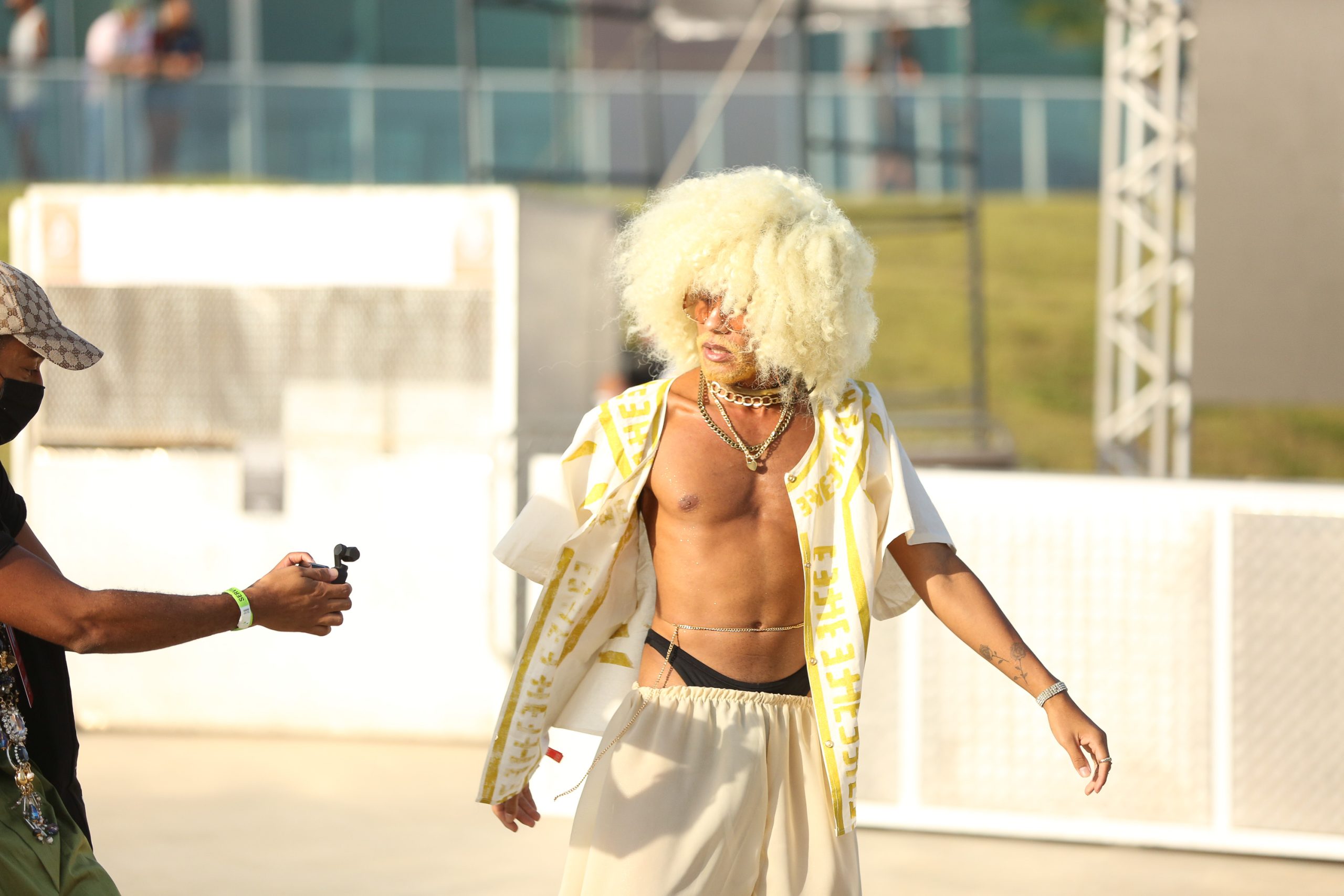
Photograph by Caio Lírio
However, even with all this emotional charge, it is still recent to see blacks heading the line-ups of the biggest festivals around the world. At Rock in Rio 2022, the biggest music festival in Brazil, for example, singer Iza was the first black Brazilian to perform on the main stage of the event. A relevant fact for an event that has been taking place since 1985, it is in its 22nd edition and is held in a country where 54% of the population considers itself black.
The 2018 Coachella music and art festival in Indio, California, put a black artist in the headliner for the first time, and it was only Beyoncé, 15 years after her first global hit, “Crazy In Love ft. JAY Z”.
Even though black artists have reached the top of the Billboard list — the main musical ranking — since 1971 with Marvin Gaye and the song ‘What’s Going On’, it is curious that when it comes to great shows, culturally the black has always been left out of the spotlights, posters and media.
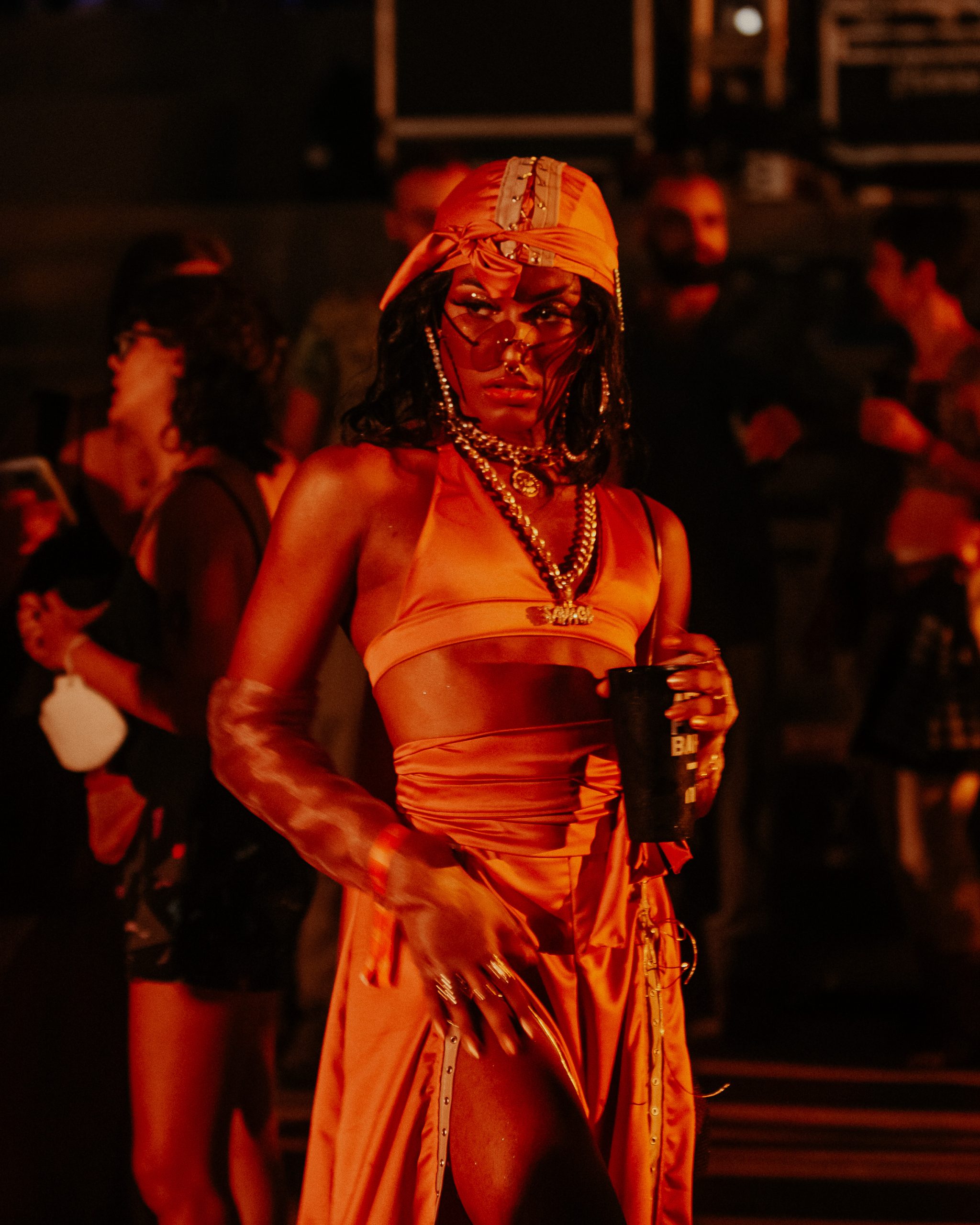
Photograph by Caio Lírio
One of the biases for the black headliner absence is racism on the part of some brands. Linking your image to a black body is not common in Brazil. “Take my ad from the rappers’ program”, that’s what Sérgio Pinesi, creator of Espaço Rap, one of the most important radio programs for rhythm in the country, says he heard from one of its main advertisers. “There is prejudice. And even among those who decide to be our advertisers, many tell us not to play the ad during the rappers’ time”, he says.
Using black aesthetics, language and sounds, on the other hand, makes the event more political, democratic and a gimmick for media and social networks. The Brazilian version of Afropunk, which takes place in Salvador, Bahia, for example, has been moving social media and the press in this next edition, which promises to be big. The festival invests in going beyond the axes and moulds that whiteness has imposed on the music market and calls on the great NINA do Porte, Nic Dias, Rayssa Dias, in addition to making the pagodão the main headline of the event. Thus, Afropunk Bahia produces black representation as a broad concept that unfolds in everything in the festival, since from the beginning it proposes to build from the desires and realities of the public, doing together and in a more horizontal way: the result of a lot of research, listening, respect and a black production team.
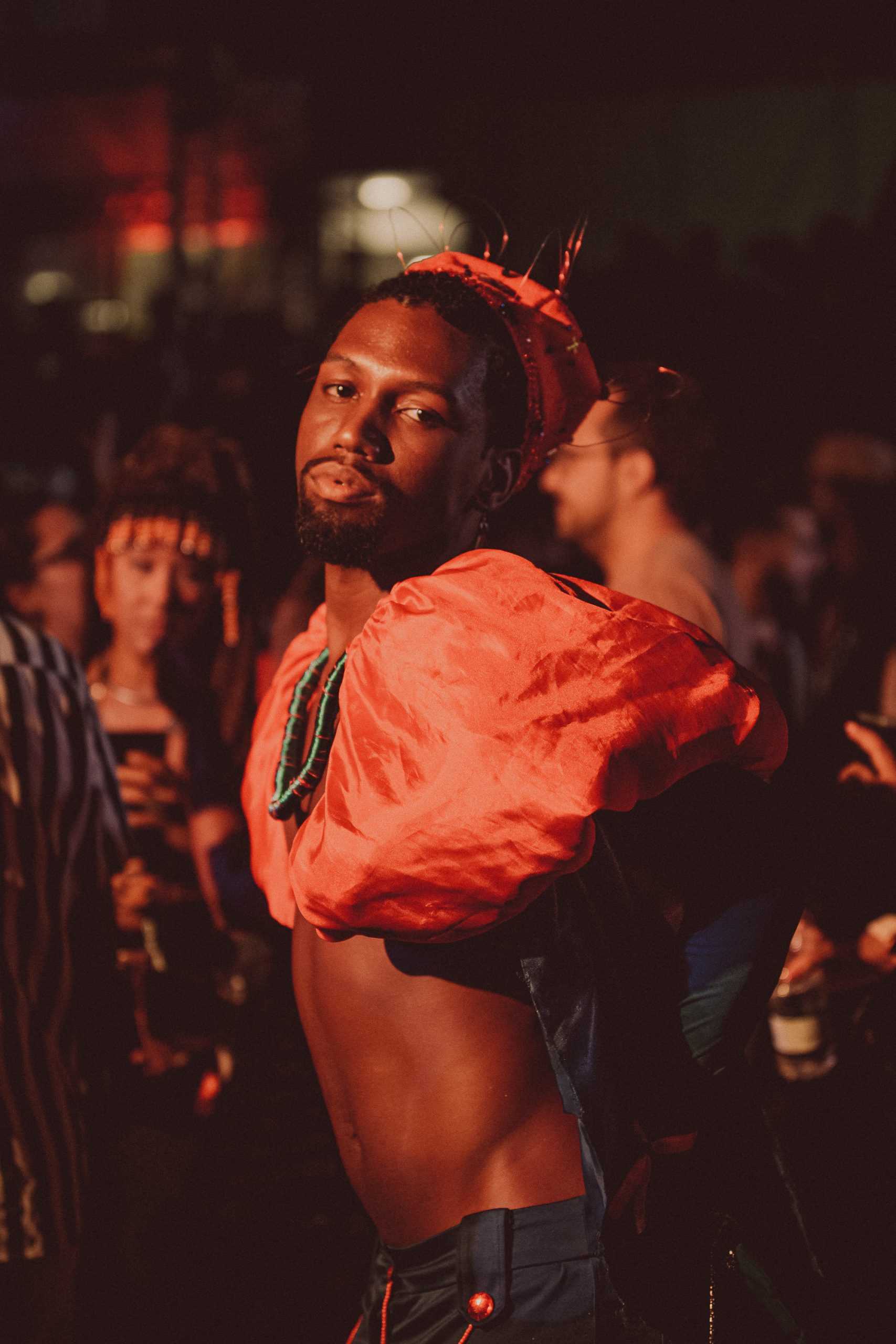
Photograph by Caio Lírio
Another event that emerges using racial identity is Psica, which takes place annually in Belém, Pará. Commanded by the brothers Jeft and Gerson Dias, the festival makes a transfer of artists between the Southeast and North of the country — something not so frequent for a country with a continental dimension. However, even with the prospect of watching artists who rarely set foot in the North of the country, the public strongly supports local artists, such as Nic Dias, Leona Vingativa and MC Íris, in addition to sound systems.
In contrast to artists who reach the mainstream, local artists circulate through the audience throughout the festival almost as spectators, however, when they take the stage they are cheered and their songs are sung by a crowd. This enthusiasm shows a clear identification of the public with the artists, making the event even more welcoming.
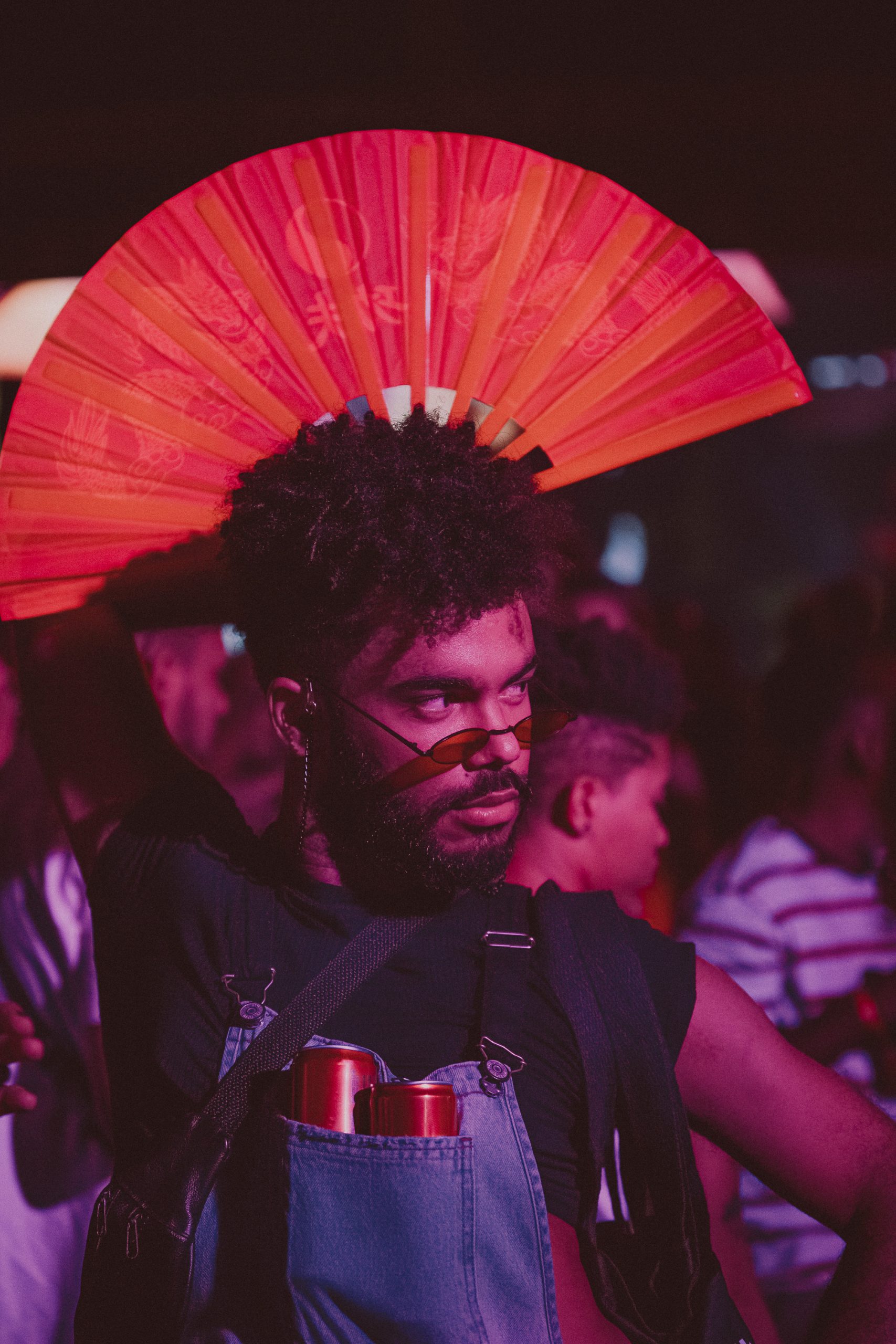
Photograph by Caio Lírio
It is worth remembering that in this case, the black identity joins the local indigenous identity. The most popular songs mix with the northern roots with the sounds of carimbó, brega and melody. The lyrics and speeches also change: it is common to hear about social inequality and common problems in big cities and in groups from the North sing themes such as land disputes, environmental crisis and racism against indigenous people.
We can say that these are late events, but Brazil is a country where social awareness is still developing. Naturalizing the image and massive presence of black people and artists at festivals gives us the strength to increasingly stop criminalizing and diminish what is our founder —rap, funk, pagodão, piseiro — and that investors finally learn to contribute and enhance events indeed Brazilians.
Iza’s recent concert at Rock in Rio, for example, was highly praised by the media. In the US, Beyoncé’s show at Coachella became a Netflix documentary. They are reference! The balance for those who bet on black and indigenous identity —giving them protagonism, agency and autonomy— is always positive.
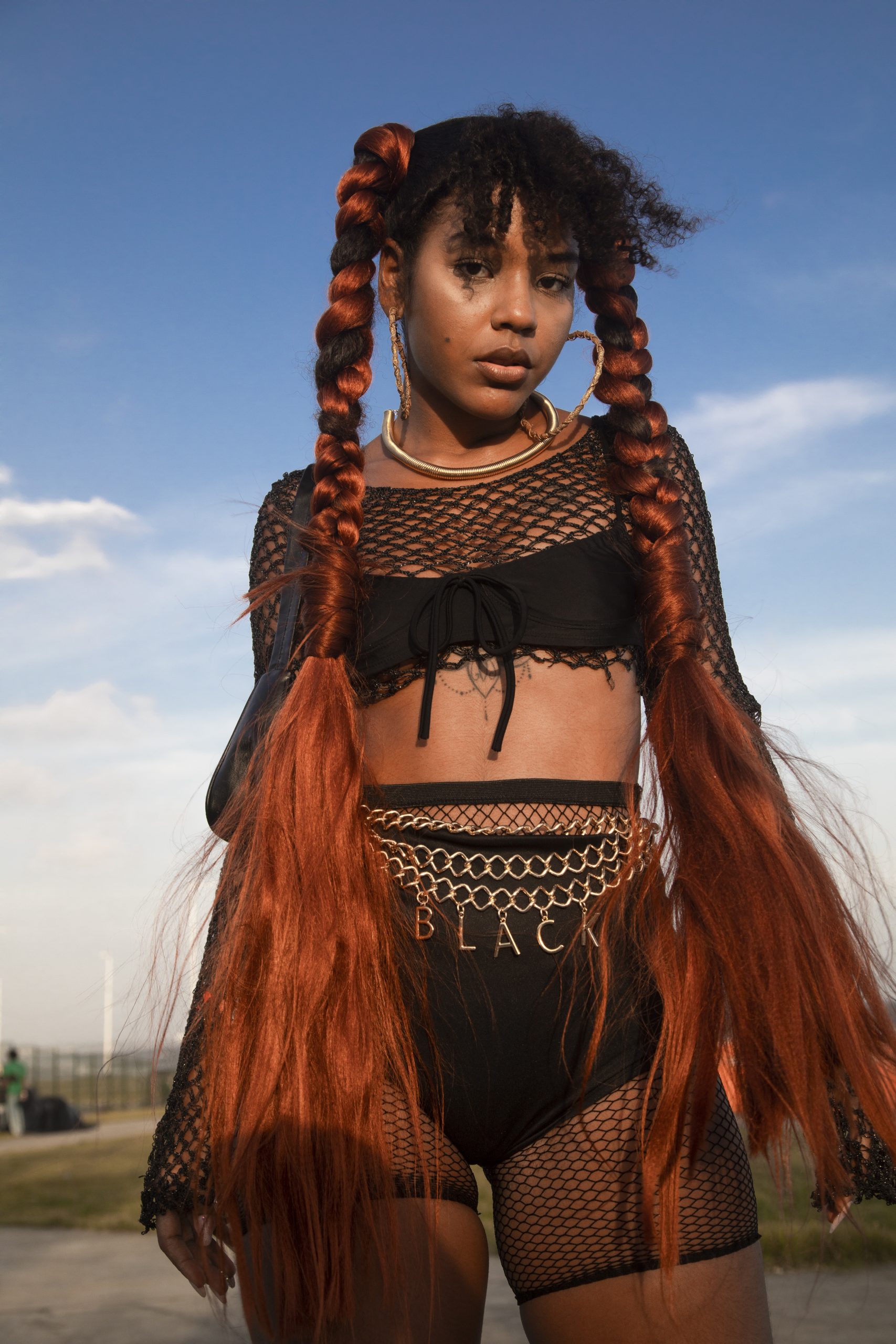
Photography by Luiz Moreira
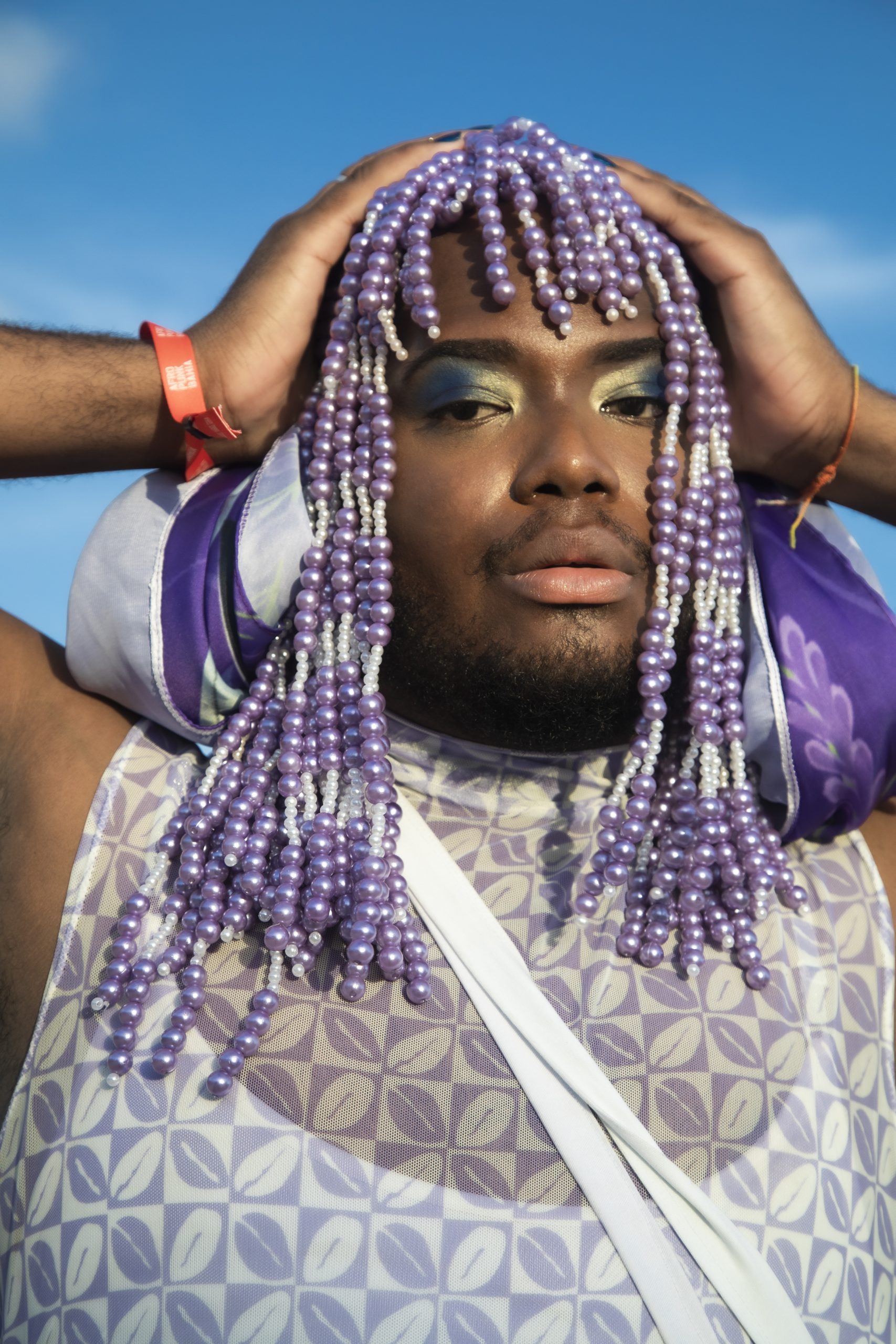
Photography by Luiz Moreira



















































